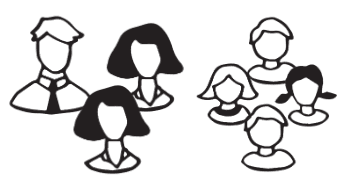Myths about teaching can hold you back
Learn why
New
New
Lesson 4 of 10
- Year 6
Use multiplication and division to calculate unknown values in ratio problems
You can use multiplication and division to calculate unknown values in ratio problems.
Lesson 4 of 10
New
New
- Year 6
Use multiplication and division to calculate unknown values in ratio problems
You can use multiplication and division to calculate unknown values in ratio problems.
These resources were made for remote use during the pandemic, not classroom teaching.
Switch to our new teaching resources now - designed by teachers and leading subject experts, and tested in classrooms.
Lesson details
Assessment exit quiz
Download quiz pdf





